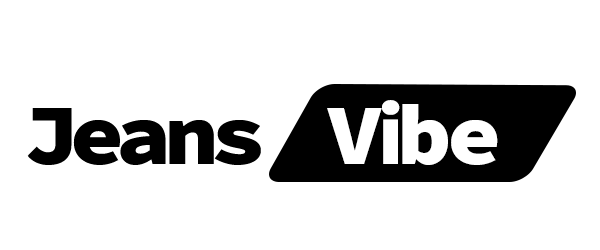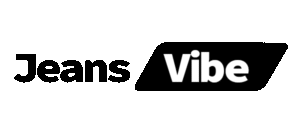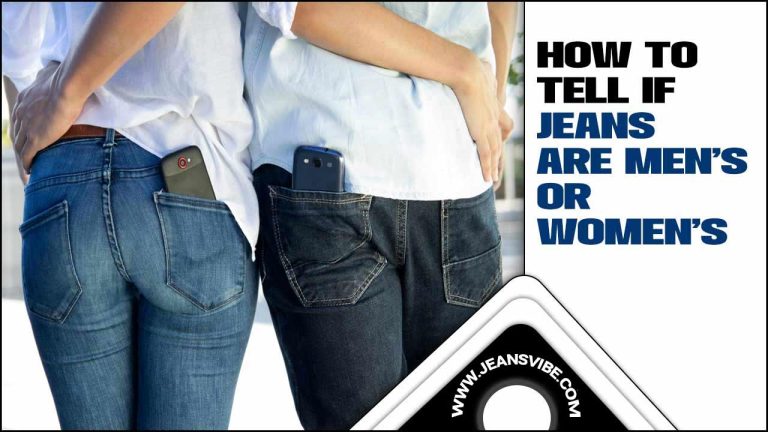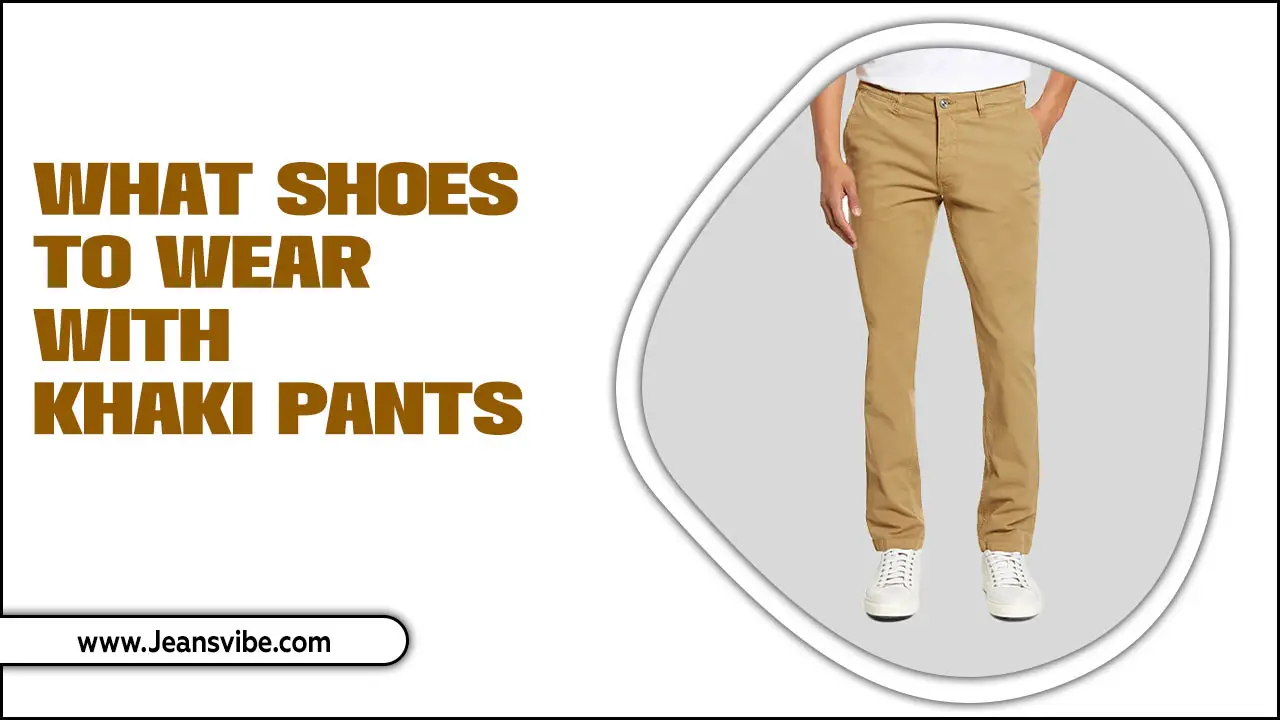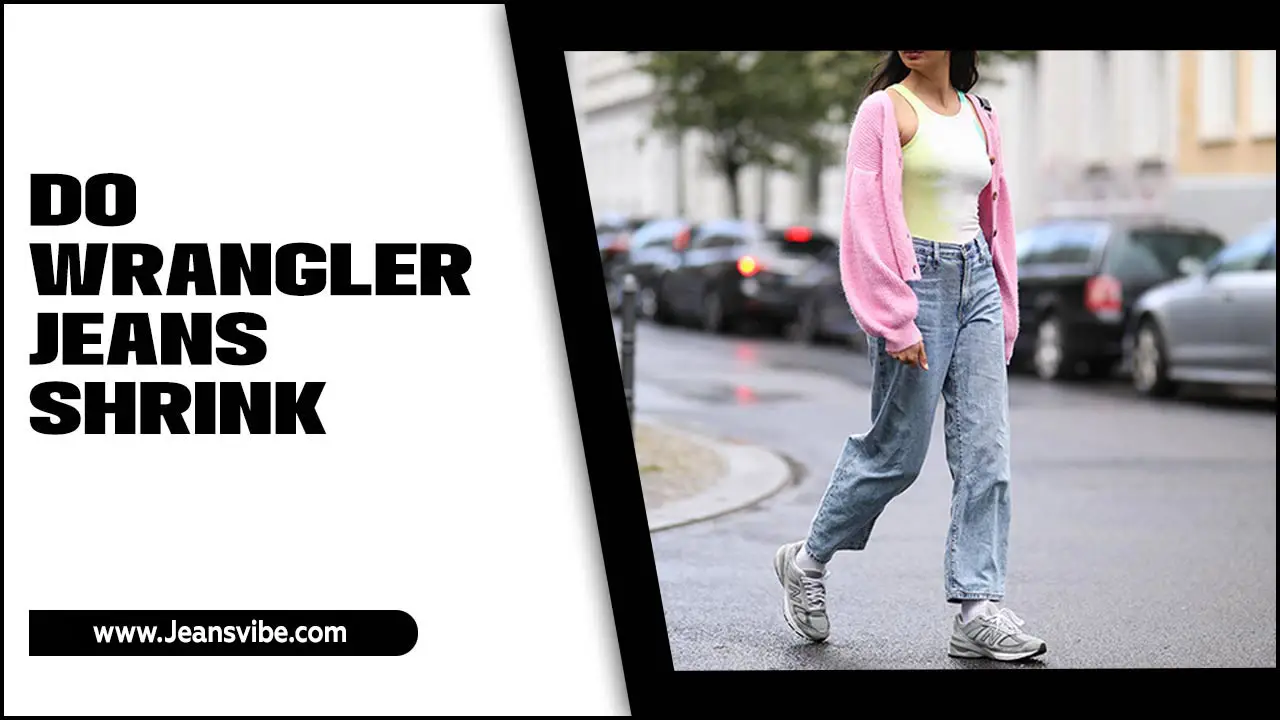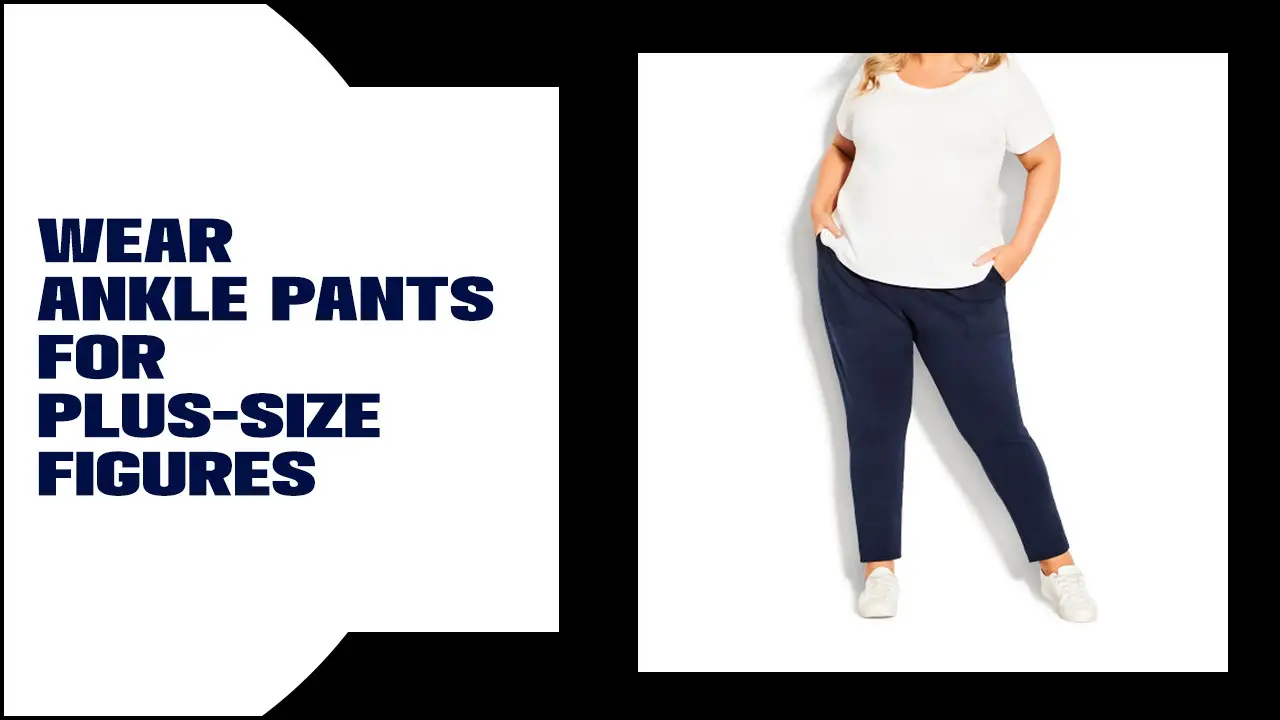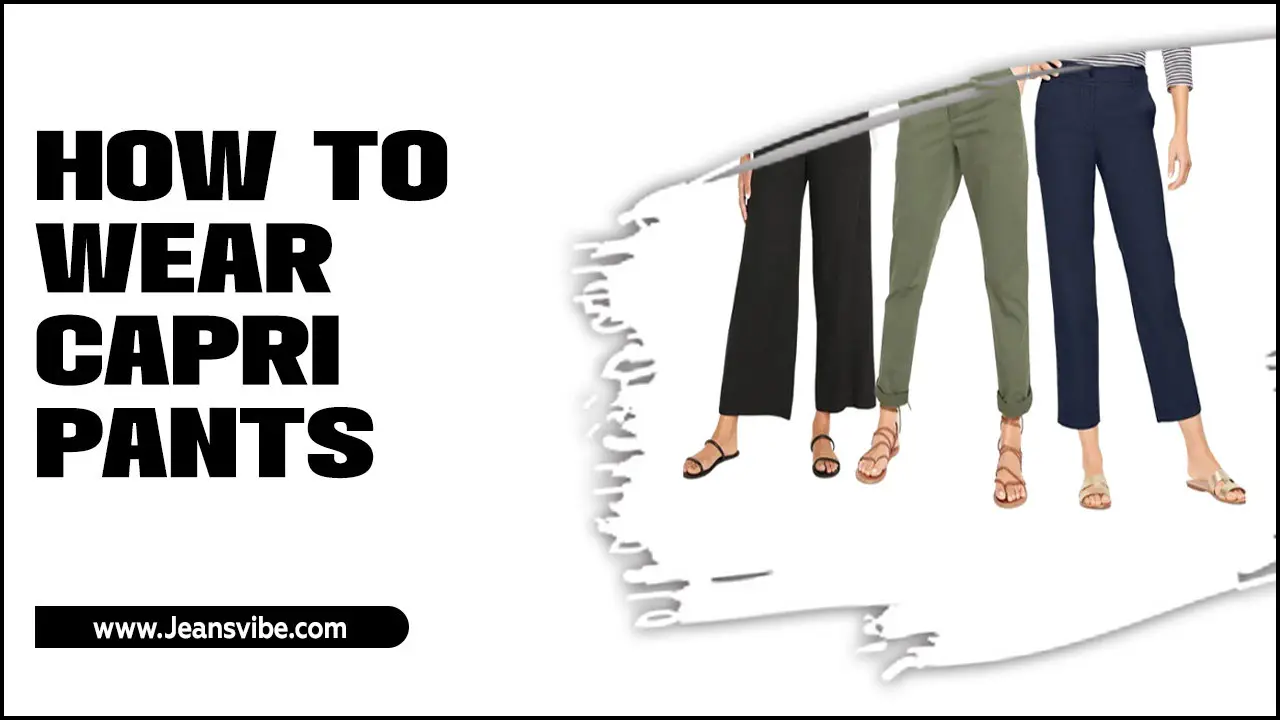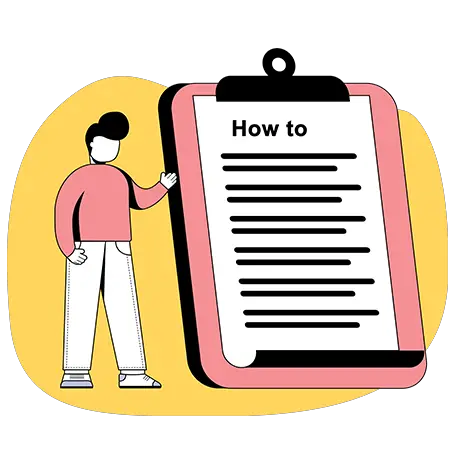Identifying whether jeans are men’s or women’s is important for achieving the right fit and style. Men’s and women’s jeans are designed differently to accommodate variations in body shape, proportions, and fashion trends.
Recognizing these differences can help you make more informed purchasing decisions and ensure a better fit and look. Understanding the specific features that distinguish men’s and women’s jeans, such as cut, fit, pocket size, and placement, will enhance your shopping experience and enable you to style your outfits more effectively. Whether you’re shopping for yourself or someone else, knowing how to differentiate between men’s and women’s jeans is a valuable skill that ensures comfort, style, and confidence.
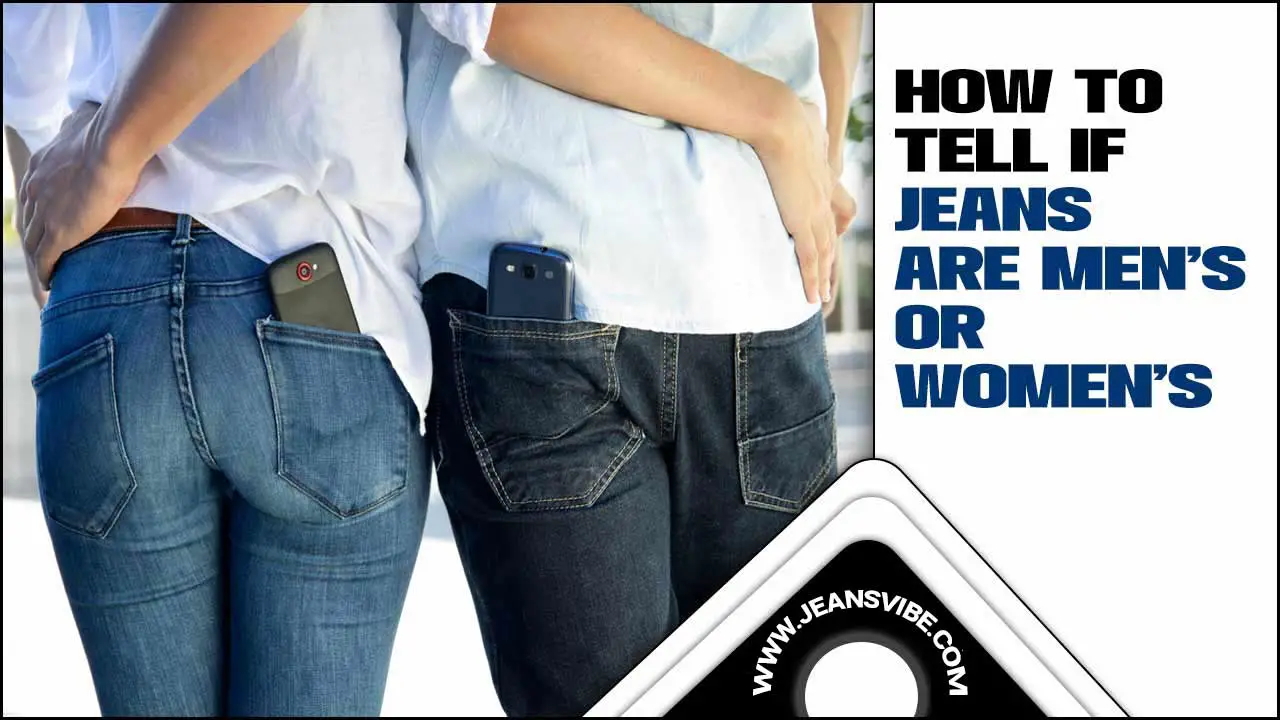
Tricks To Tell If Jeans Are Men’s Or Women’s: Waistband And Rise Differences
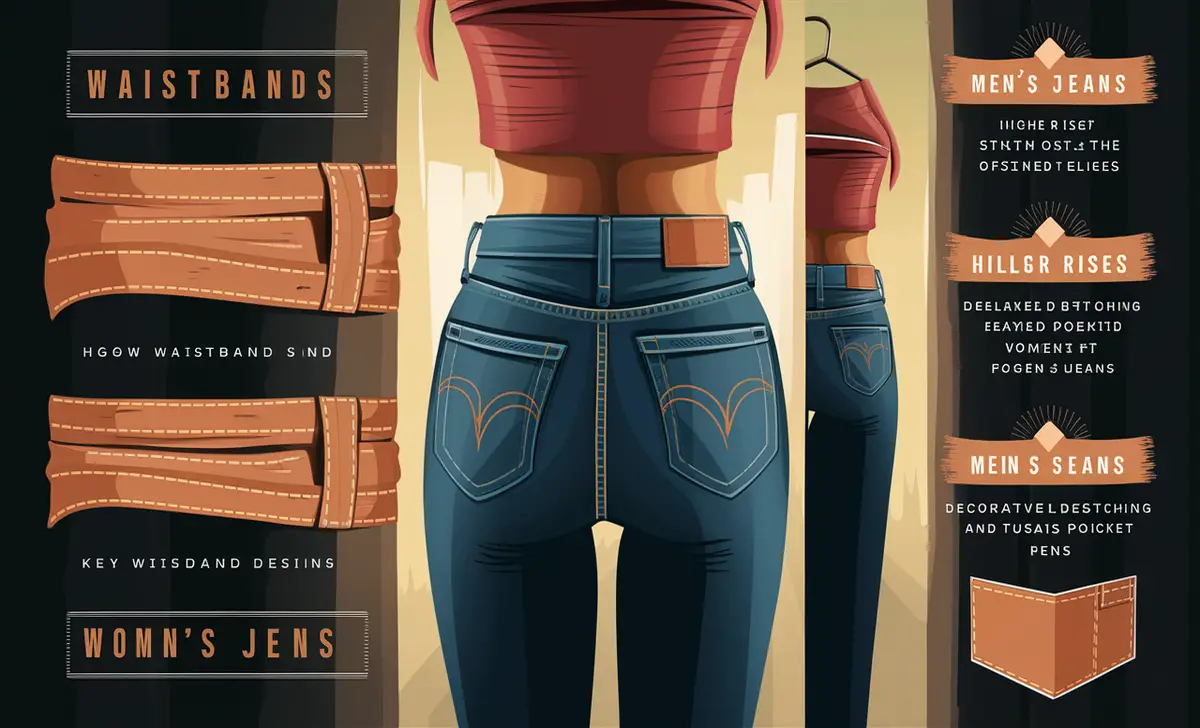
When distinguishing between men’s and women’s jeans, one of the key factors to consider is the waistband and rise. Men’s jeans typically feature a wider waistband and a more relaxed fit, which provides comfort and ease of movement. The rise, the distance from the crotch to the top of the waistband, is generally higher in women’s jeans, giving them a more tailored silhouette that accentuates the body’s shape.
Women’s jeans often have different design elements, such as decorative stitching or varied pocket placements, which can help identify their style. Understanding these differences can make choosing the right pair of jeans for your body type and personal style easier.
Differences In Cut And Fit
When determining whether a pair of jeans is men’s or women’s, the differences in cut and fit are key indicators. Men’s jeans typically have a looser and more relaxed fit than women’s. Men’s jeans sizes are often denoted by waist and inseam measurements, resulting in a consistent fit through the hips and thighs. Common cuts for men’s jeans include
- Straight, bootcut
- Relaxed fit,
- More room around the hips and legs. (For men’s jeans)
In contrast, women’s jeans generally have a more tailored fit, designed to accentuate the body’s curves. Women’s jeans often feature a narrower waist and broader hips, with cuts like skinny jeans, boyfriend jeans, and high-waisted jeans being popular. The fit variations in women’s jeans are more pronounced, offering options that range from form-fitting skinny jeans to relaxed boyfriend jeans, each catering to different body shapes and style preferences.
Waist And Hip Measurements
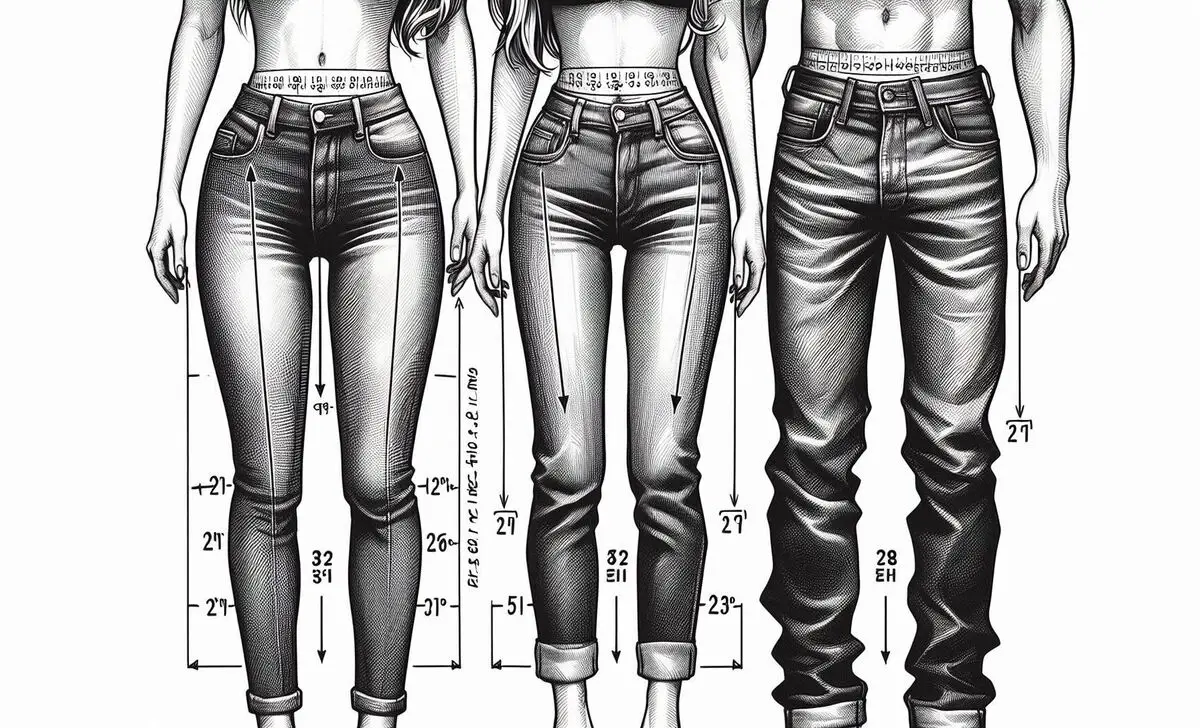
When identifying whether jeans are men’s or women’s, waist and hip measurements play a crucial role. Men’s and women’s denim jeans have different waist-to-hip ratios to accommodate distinct body shapes. Women’s jeans typically feature a more pronounced curve at the hips to complement the female silhouette, while men’s jeans have a straighter cut to suit broader builds. Understanding these differences helps assess the fit and style of the jeans, ensuring a better match for your body type and preference.
Differences In Waist And Hip Measurements:
| Measurement | Men’s Example | Women’s Example |
| Waist Measurement | 34 inches | 28 inches |
| Hip Measurement | 38 inches | 38 inches |
| Waist-to-Hip Ratio | 0.89 (34/38) | 0.74 (28/38) |
| Fit Difference | Waist is narrower than hips. | Waist is narrower than hips, often more pronounced. |
Description Fit Implications: Circumference for men is around the narrowest part of the torso. Affects how pants and skirts fit around the waist. And for women is around the fullest part of the hips. Ensures proper fit around hips and thighs.
Pocket Size And Placement
- Larger and Deeper Pockets in Men’s Jeans
- Smaller and Higher Pockets in Women’s Jeans
Pocket size and placement are key indicators in distinguishing between men’s and women’s jeans. These design elements are tailored to fit different body shapes and styling preferences. Men’s jeans typically feature larger and deeper pockets, designed for practicality and utility.
In contrast, women’s jeans often have smaller, more decorative pockets strategically placed to enhance the silhouette and complement the overall design of the jeans. Understanding these differences can help you identify whether jeans are designed for men or women and ensure a better fit and look.
Button And Fly Orientation
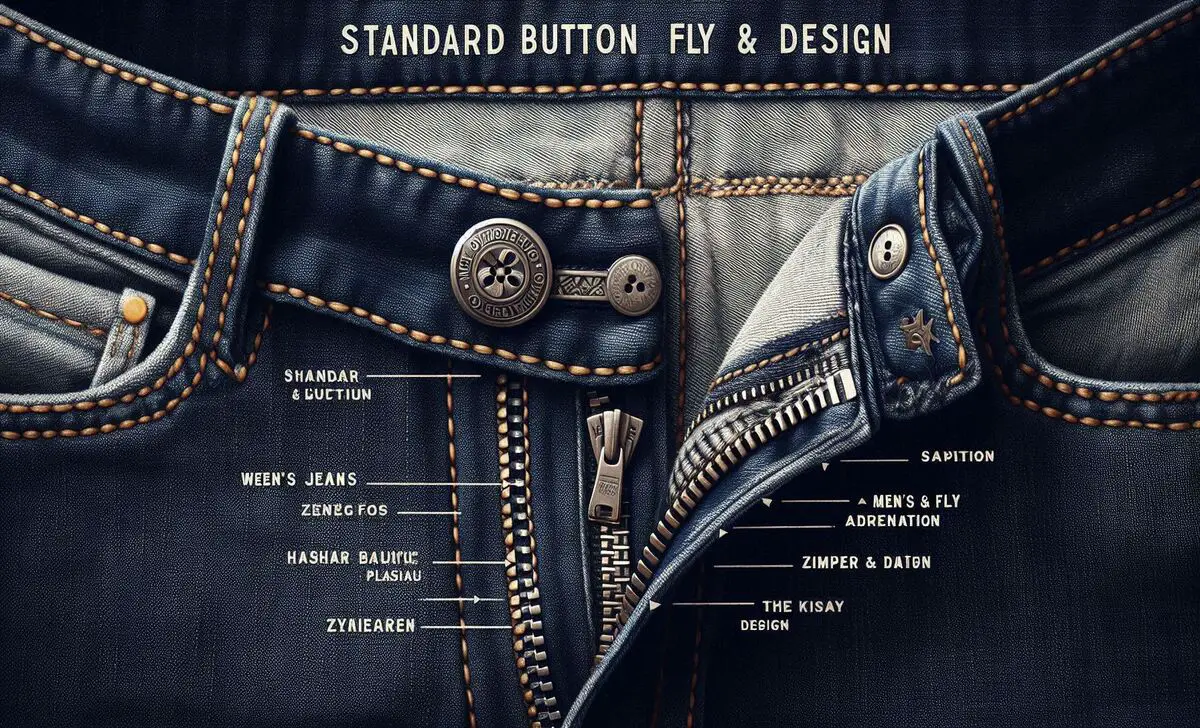
- Standard Button Placement
- Zipper and Fly Design
Button and fly orientation is a subtle but useful way to distinguish between men’s and women’s jeans. The design of the button and fly can reflect traditional gender-specific fashion details and practical considerations. Generally, women’s jeans have a button placement and fly design that differ from men’s.
For instance, women’s jeans typically feature a button on the left side, and the fly opens to the left, whereas men’s jeans have a button on the right side, with the fly opening to the right. These differences are part of the standard design conventions in denim manufacturing.
Size Labeling
Size labelling plays a crucial role in distinguishing between men’s and women’s jeans due to the differences in their sizing systems. Men’s jeans typically use a straightforward numerical system based on waist and inseam measurements provided in inches. For example, a label such as 32×34 specifies the waist size and the length of the legs.
In contrast, women’s jeans often use a numerical size system (e.g., size 6, 8) or descriptive terms such as “high rise” or “slim jeans” to indicate the fit. These labels describe the cut and rise of the jeans rather than providing exact measurements. For example, “high waist” refers to how the jeans sit on the waist, and “slim jeans” indicates a tighter fit through the legs.
Brand And Style Indicators
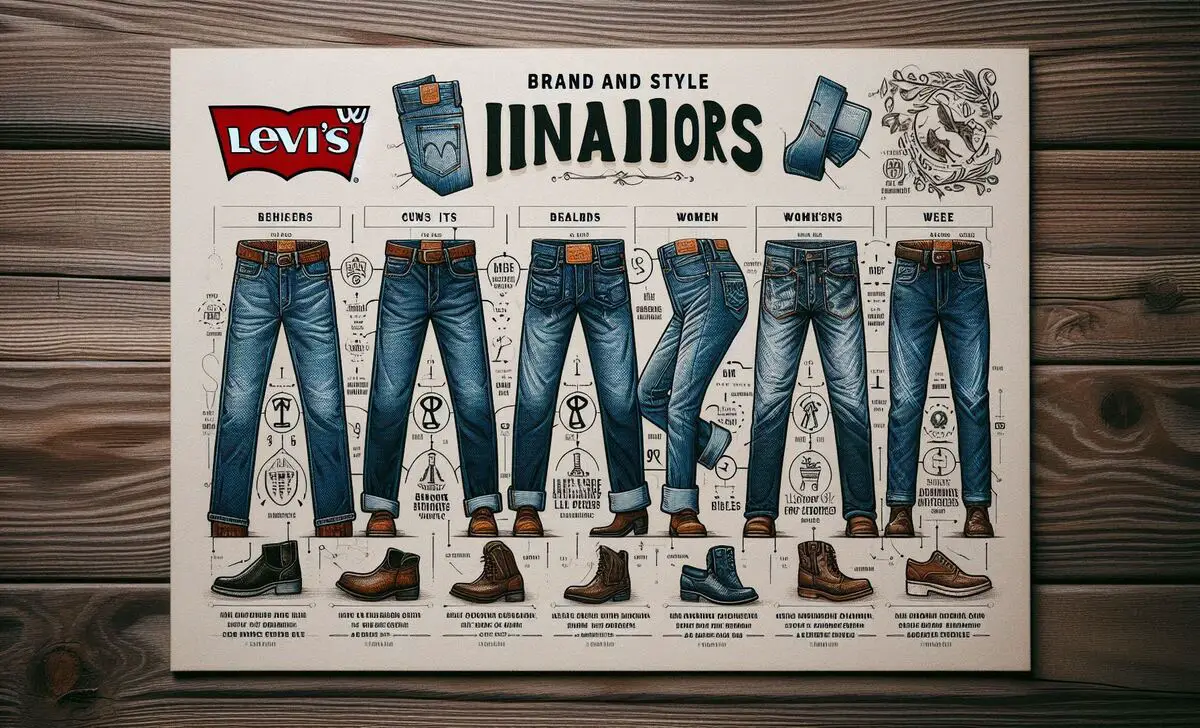
Brand and style indicators play a significant role in identifying whether jeans are designed for men or women. Major denim brands such as Levi’s, Wrangler, and Lee often produce distinct collections specifically tailored to each gender, and their labelling reflects this.
For instance, the jeans might feature different cuts, fits, and design elements that cater to men’s and women’s respective body shapes and fashion trends. Understanding these distinctions can help you choose the right pair of jeans based on fit, style, and comfort.
Design And Embellishments
Women’s jeans often feature unique embellishments and embroidery, adding a touch of flair that enhances their style. For instance, you might find straight jeans adorned with decorative stitching or subtle embellishments that make them stand out. In contrast, men’s jeans typically showcase simpler and more functional designs. Styles such as classic straight leg jeans or flared jeans are common in both genders, but the fit and detailing can differ.
Fabric And Stretch
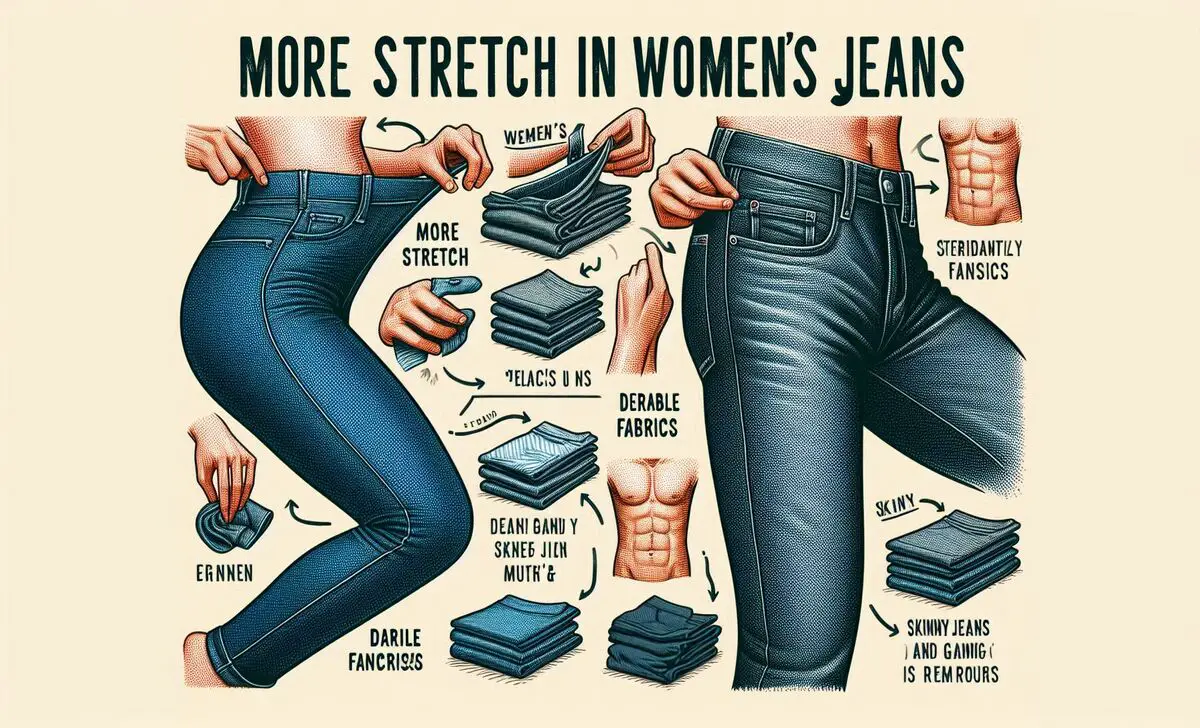
- More Stretch in Women’s Jeans
- Durable Fabrics in Men’s Jeans
Fabric and stretch play a significant role in distinguishing between men’s and women’s jeans, as these factors impact both comfort and fit. Women’s jeans typically incorporate more stretch to accommodate varied body shapes and provide a flattering, flexible fit. This added stretch allows for designs like skinny jeans and jeggings that hug the body closely.
On the other hand, men’s jeans usually feature less stretch, focusing on durability and a more relaxed fit. They often come in styles like straight fit jeans and bootcut, which emphasize comfort and practicality.
Types Of Denim:
- Women’s Denim: Frequently includes blends with spandex or elastane, allowing for fashionable, form-fitting styles and enhancing comfort with stretchable materials.
- Men’s Denim is generally made of 100% cotton or minimal stretch, prioritizing durability and a looser fit that accommodates a wider range of movement and wear.
Rise And Waistband
Rise and waistband design are critical factors in differentiating between men’s and women’s jeans. These elements play a significant role in determining the fit and comfort of the jeans, tailored to suit different body shapes and fashion preferences. Women’s jeans generally feature higher rises, which can enhance the appearance of the waist and hips. In contrast, men’s jeans typically have mid to low rises.
Waistband Differences:
- Women’s Waistbands: Women’s jeans often have a narrower waistband, which may include additional features such as a contoured shape to fit the curves of the waist and hips more closely. Waistbands might also be designed to include a belt loop or adjusters for a more tailored fit.
- Men’s Waistbands: Men’s jeans usually feature a wider waistband, designed for a more straightforward fit around the hips and waist. The waistband is often less contoured and includes standard belt loops to accommodate different belt sizes and styles.
Leg Shape And Opening
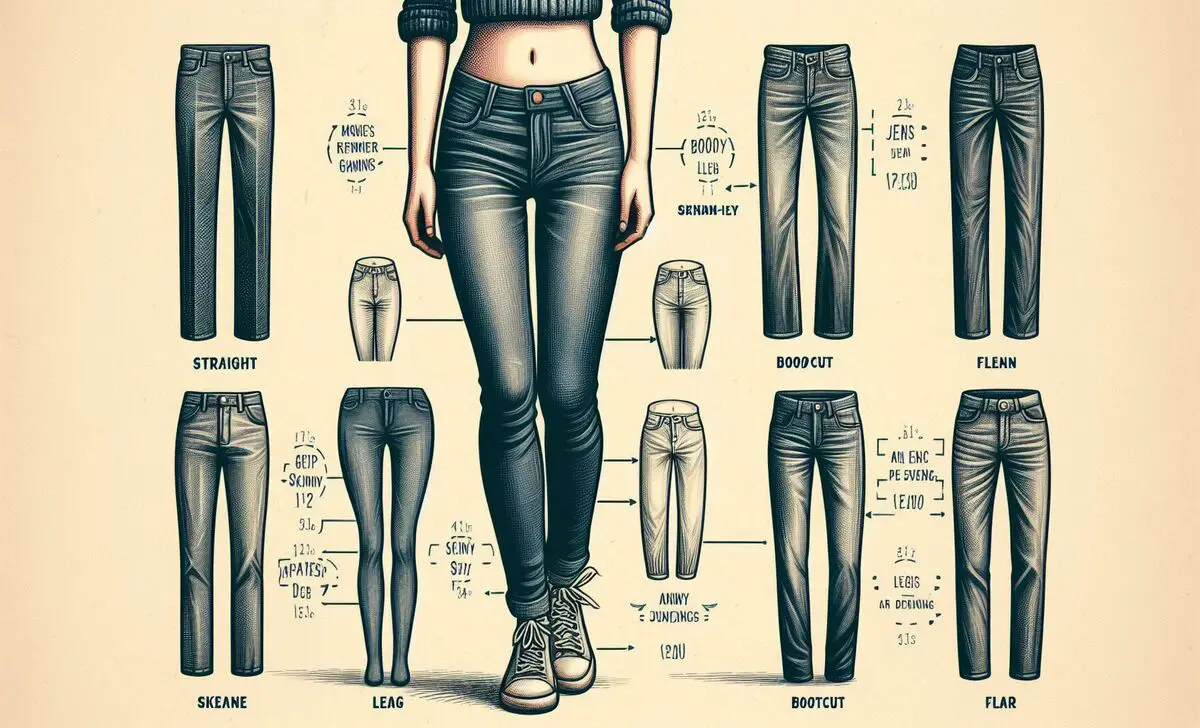
The leg shape and opening of jeans are key indicators in distinguishing between men’s and women’s denim. Men’s jeans commonly feature leg shapes like straight or bootcut. Straight-leg jeans have a consistent width from the thigh to the ankle.
Women’s jeans, on the other hand, often showcase more diverse and fashion-forward leg shapes. Skinny jeans are designed to fit closely from the waist to the ankle. Flare jeans, similar to bootcut but with a more pronounced flare from the knee downward, are styled to balance out the hips and thighs.
Leg openings also differ between the genders. Men’s jeans typically have a more relaxed leg opening. Women’s jeans often feature narrower leg openings for skinny jeans and wider openings for flared styles, catering to specific footwear like high heels or ankle boots.
Conclusion
Identifying whether jeans are men’s or women’s involves noting key differences in cut, fit, and design features. Men’s jeans typically have straighter legs, larger pockets, and a button on the right with a fly opening to the right. In contrast, women’s jeans often feature more tailored fits, smaller pockets, a button on the left, and a fly opening to the left.
The leg shape and opening also vary, with men’s jeans generally accommodating a broader range of footwear. While these distinctions can guide you in determining the intended gender, focusing on fit and comfort is essential. Choosing jeans that suit your personal style and body shape ensures satisfaction, regardless of gender-specific labels.
FAQs
1.What Is The Main Difference Between Men’s And Women’s Jeans?
The main difference between men’s and women’s jeans is their fit and styling. Men’s jeans typically have a straighter cut, with a wider waist and narrower hips. They also tend to have a longer inseam and a looser fit overall.
2.How Does The Sizing For Men’s And Women’s Jeans Differ?
The sizing for men’s and women’s jeans differs primarily in terms of fit and measurements. Men’s jeans are straighter and higher-rise, while women’s jeans are more fitted and lower-rise.
3.What Type Of Pockets Are Typically Found On Men’s Jeans?
Men’s jeans usually have five pockets: two front, two back, and one small coin pocket inside the right front. Women’s jeans often have varied pocket styles, including decorative, faux, or smaller pockets for items like lipstick or keys. Another key difference to look out for is the positioning of the pockets.
4.What Is The Most Common Style Of Fly On Women’s Jeans?
The most common style of fly on women’s jeans is the zipper fly. It usually runs vertically down the centre front of the jeans. On the other hand, men’s jeans often feature a button fly, which consists of several buttons arranged horizontally. The fly style can help identify if jeans are designed for men or women.
5.What Type Of Fit Is Often Used For Women’s Jeans?
The most common fit handy for women’s jeans is the “skinny” fit. It has specific designs to be tight-fitting and taper towards the ankle. Popular fits include “straight leg,” relaxed from waist to ankle, and “bootcut,” which flares slightly for boots.
6.Can Men Wear Women’s Jeans And Vice Versa?
Yes, men can wear women’s jeans and vice versa. Designers offer various cuts and styles to suit different body types, so exploring options can help you find your preferred fit. However, it’s important to consider the differences in sizing and fit between men’s and women’s jeans.
7.Are There Unisex Jeans Available In The Market?
Yes, there are unisex jeans available in the market. Designers create these jeans to be versatile and suitable for all genders. Look for brands with unisex or gender-neutral options, or use a store locator for inclusive sizing.
8.How Do I Find The Right Size If I Prefer The Fit Of The Opposite Gender’s Jeans?
To find the right size, measure your waist and compare it to the size charts provided by brands for jeans. Be aware that sizing can vary, so trying on jeans or checking the return policy is advisable. If you’re a man wanting women’s jeans, choose the closest size to your waist measurement. The same applies in reverse.
